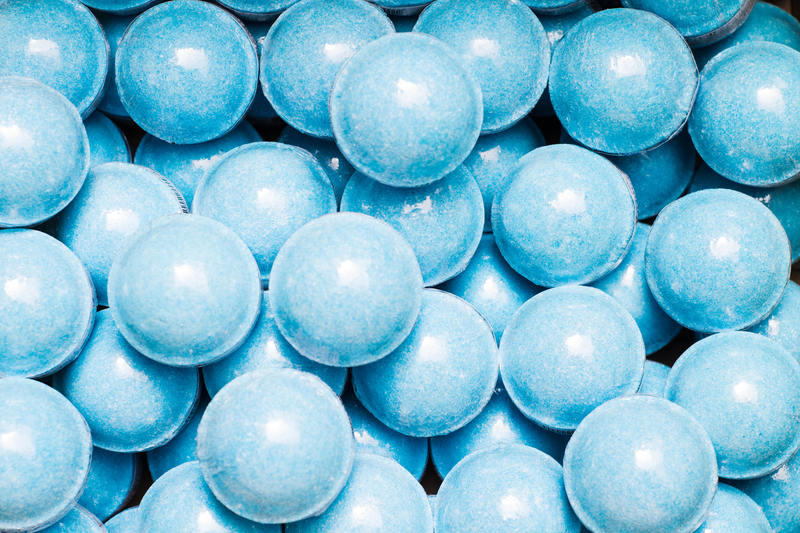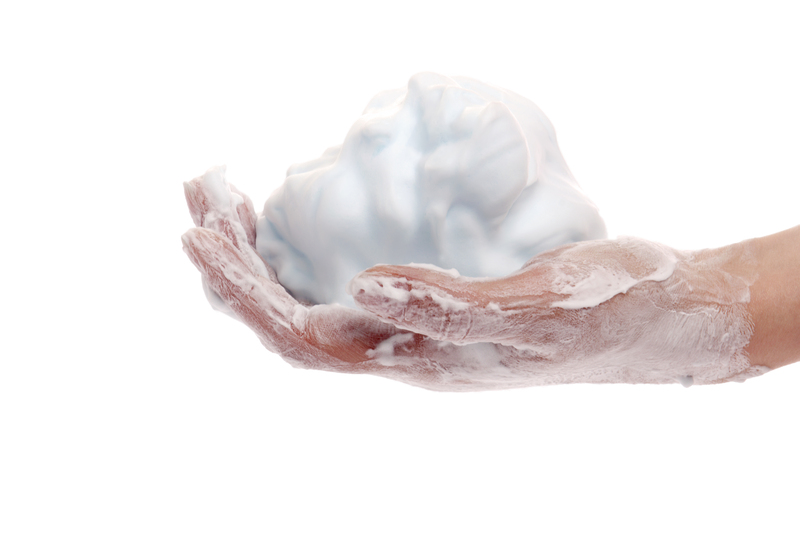Master the Art of Decluttering Damp Smells from Your Home
Posted on 20/09/2025
Master the Art of Decluttering Damp Smells from Your Home
Nothing disrupts the comfort of a living space quite like persistent musty or damp odors. Damp smells are more than just an unpleasant nuisance--left unaddressed, they can signal deeper problems, affect air quality, and even harm your health. In this comprehensive guide, we'll explore actionable steps to declutter damp smells from your home, empowering you with expert tips, proven solutions, and creative strategies. Let's reclaim your space, making it fresh, clean, and inviting!

Understanding the Source: What Causes Damp Smells in the Home?
Before you embark on eliminating damp odors, it's crucial to understand where they originate from. Usually, the root causes are:
- Excess moisture due to leaks, spills, or high humidity
- Poor ventilation trapping moist air and odors
- Mold and mildew growth on surfaces or hidden areas
- Clutter that prevents air flow and harbors moisture
- Neglected cleaning routines allowing buildup of dampness
Recognizing these sources helps tailor an effective decluttering strategy, ensuring you not only remove damp scents but also prevent them from returning.
Step-by-Step Guide to Declutter and Remove Damp Odors
1. Identify the Problem Areas
Start with a thorough inspection of your home. Focus on:
- Basements and cellars
- Laundry rooms
- Bathrooms
- Under sinks
- Closets and cupboards
- Areas behind furniture
Tip: Trust your nose as much as your eyes--damp scents can linger in hidden corners!
2. Declutter and Organize
Clutter not only makes cleaning harder, it also restricts air flow, allowing moisture and odors to accumulate. To master the art of decluttering:
- Remove unnecessary items, especially in problem areas.
- Donate, recycle, or toss anything you haven't used in over a year.
- Organize what's left to maximize airflow (use shelves instead of piles on the floor).
- Consider using clear bins to store items, which can help you spot mold or dampness early.
3. Deep Clean Every Surface
Once you've decluttered, deep cleaning is essential.
- Wash fabrics (curtains, cushion covers, rugs) in hot water.
- Wipe down hard surfaces with a solution of white vinegar and water, which kills odor-causing bacteria.
- Disinfect problem areas, especially where you noticed visible mold.
- Let everything dry thoroughly--moisture is the enemy!
Remember: Baking soda is an effective, natural deodorizer. Sprinkle it over carpets and upholstery, leave for a few hours, then vacuum.
4. Address Moisture Issues at the Source
Persistent dampness requires more than surface cleaning. Find and fix the underlying causes:
- Repair leaks in roofs, pipes, windows, and around washing machines.
- Improve drainage around your home's foundation.
- Insulate cold surfaces to prevent condensation.
- Use moisture barriers in basements or crawl spaces.
If necessary, consider consulting a professional if you suspect serious water damage or mold infestations.
5. Improve Ventilation
Natural airflow is a key weapon against damp smells. To enhance ventilation:
- Open windows and doors, especially after showers or while cooking.
- Install extractor fans in bathrooms and kitchens.
- Use ceiling or oscillating fans to promote air movement.
- Maintain air vents and avoid blocking them with furniture.
During wet seasons, a dehumidifier can make a significant difference, pulling moisture out of indoor air and helping you master the art of controlling damp smells.
6. Tackle Mold and Mildew Head-On
Mold is often the true culprit behind lingering damp odors. To eradicate mold:
- Mix one part bleach to ten parts water; use this to scrub affected surfaces (always wear gloves and ventilate well).
- For non-bleach solutions, hydrogen peroxide or white vinegar are effective natural mould killers.
- Dispose of items too infested to be salvaged, especially paper or textiles.
- Replace musty carpets if cleaning isn't enough.
Act quickly: the longer mold is left unchecked, the more it spreads and the tougher it is to remove the stubborn damp scents.
7. Use Odor Absorbers and Natural Remedies
After removing the source of odors, keep the air fresh with these odor neutralizers:
- Place bowls of baking soda or activated charcoal in closets and corners.
- Add houseplants like spider plants or peace lilies, which improve air quality.
- Simmer a pot of water with lemon slices or natural essential oils.
- Scented sachets of dried lavender or cedar chips in drawers and wardrobes.
Prevention: Keeping Damp Odors Away for Good
Establish a Cleaning Routine
To consistently declutter damp smells from your home, adopt these healthy habits:
- Vacuum carpets, mop floors, and dust surfaces weekly.
- Wash bedding and soft furnishings regularly.
- Empty and sanitize garbage bins frequently.
- Open windows daily (even in winter, a few minutes helps swap stale air for fresh).
Monitor Humidity Levels
Indoor humidity should generally be kept between 30%-50%. Invest in a hygrometer to track humidity and intervene early if levels rise. Use dehumidifiers, especially in basements, bathrooms, or damp climates.
Stay Organized Year-Round
Clutter is a recurring problem. Schedule quarterly decluttering sessions to ensure your home remains airy and open. Regularly check storage spaces for early signs of moisture or smells, and address issues before they develop into major problems.
Expert Answers: Frequently Asked Questions on Removing Damp Smells
Q: What's the main difference between musty and damp odors?
A: Musty odors are usually due to mold or mildew, while damp smells indicate the presence of excess moisture--from leaks, poor ventilation, or wet materials. Both are related, but tackling moisture stops both musty and damp scents at the source.
Q: Are air fresheners effective for getting rid of damp odors?
A: Air fresheners only mask odors--they don't solve the underlying problem. If you want to master the art of decluttering damp smells, prioritize identifying and removing moisture and clutter before using fresheners to enhance your home's aroma.
Q: Can essential oils really help with damp odors?
A: Yes! While essential oils like tea tree, eucalyptus, and lavender won't remove mold or moisture, they're effective at neutralizing lingering scents and keeping a room smelling fresh, especially after a thorough cleaning.
Q: How do I prevent damp smells in a rental property?
A: If you rent, open communication with your landlord is vital. Report leaks promptly, use damp traps or dehumidifiers, keep your space tidy, and maintain good airflow to help prevent persistent odors in your living environment.
Q: Are there items I should avoid storing in damp-prone areas?
A: Absolutely. Avoid storing books, papers, textiles, or cardboard in basements or poorly ventilated closets. Opt for plastic, airtight containers and check regularly for signs of mildew.

Extra Tips: Proactive Measures for a Fresh, Odor-Free Home
- Regularly check external walls for seepage or cracks that let moisture in.
- Install weather stripping on doors and windows to reduce condensation.
- Leave wardrobe doors and cupboard drawers ajar occasionally to air them out.
- Consider an air purifier to remove mold spores from the environment.
- Trust your gut and your nose--if something smells off, start investigating for leaks or mold right away.
- Always dry wet laundry promptly and avoid leaving damp towels in a pile.
Conclusion: Fresh Air Awaits--Master Decluttering Damp Smells from Home Today
Mastering the art of decluttering damp smells from your home is an ongoing process that combines diligence, organization, and smart maintenance. By attacking clutter, tackling moisture at its source, and embracing fresh cleaning routines, you'll transform your space into a haven of clean, fresh-smelling air. Don't let damp odors take hold--adopt these strategies today and enjoy the peace of mind that comes from a home you truly love.
Your journey to a healthier, more inviting home environment starts with one simple step: open the window, clear the clutter, and let the freshness in!



